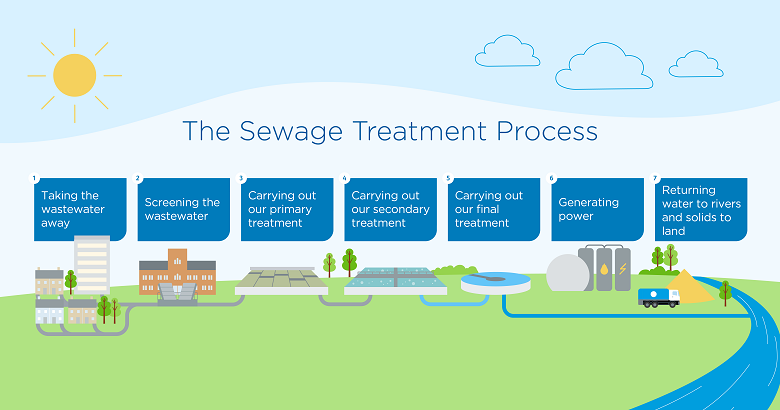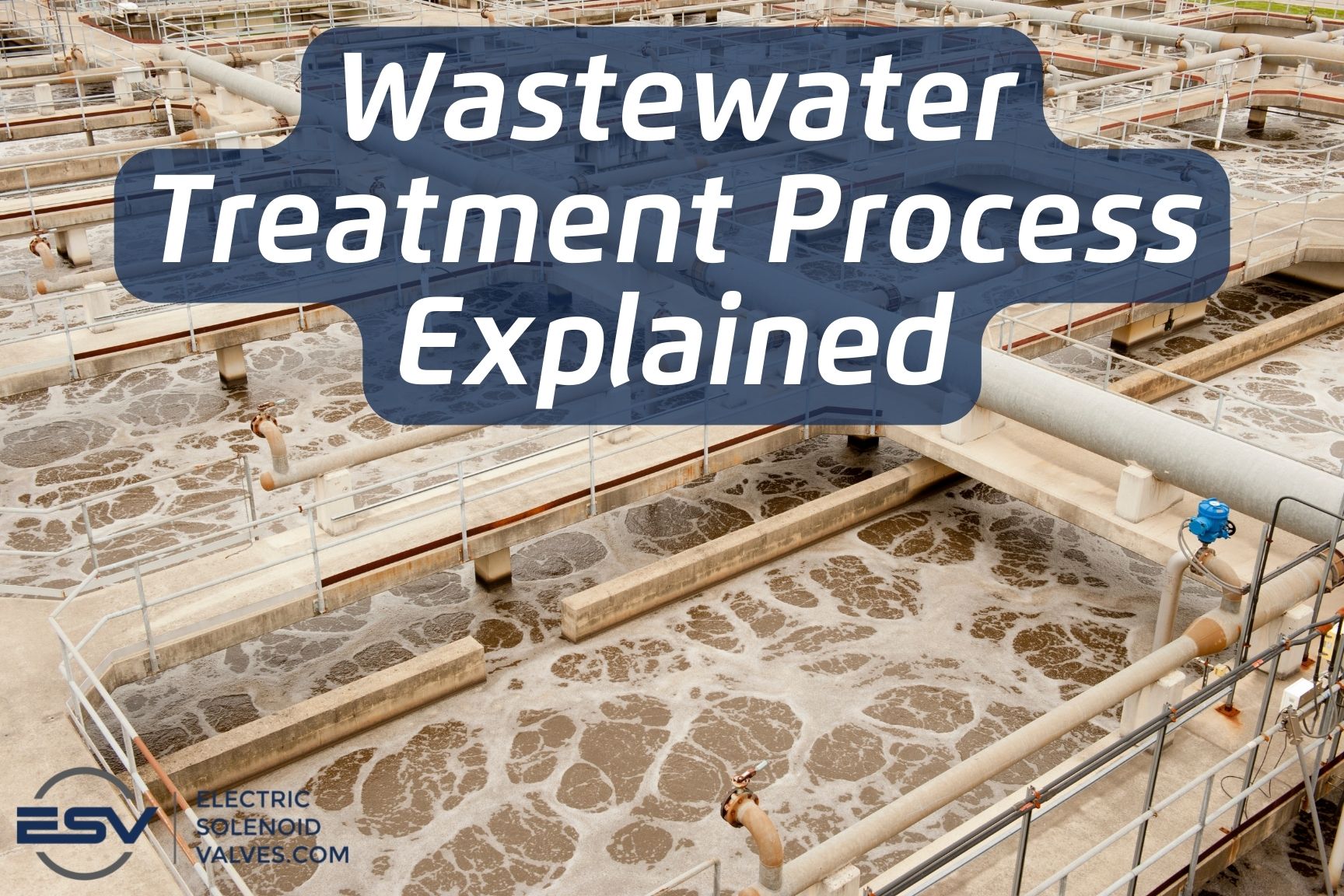Comprehensive Guide to Hazardous Waste Water Treatment Processes
Comprehensive Guide to Hazardous Waste Water Treatment Processes
Blog Article
Strategic Approaches to Boost Drainage Therapy Performance and Reduce Ecological Effect
In the world of drainage therapy, the mission for improved effectiveness and minimized environmental effect is a perpetual obstacle that requires calculated remedies. As society grapples with the vital to manage water resources sustainably, a nuanced strategy comes to be important. The combination of innovative therapy technologies, energy-efficient processes, source recovery strategies, improved nutrient elimination strategies, and wise monitoring and control systems stands for a diverse framework for resolving these pressing concerns. However, what lies at the core of this complicated internet of techniques is the potential to change the way we come close to drainage therapy, not equally as a procedure of disposal, however as a beneficial chance for advancement and ecological stewardship.
Advanced Therapy Technologies
Cutting-edge membrane purification systems have transformed innovative wastewater treatment procedures, substantially improving the removal of contaminants. These cutting-edge systems operate forcibly water via a semi-permeable membrane, effectively dividing contaminations from the water stream. The membrane layer's tiny pores catch toxins such as bacteria, infections, and suspended solids, allowing only purified water to travel through. This technology has shown to be very effective in eliminating a vast array of contaminants, including drugs, hefty steels, and organic compounds, which are typically challenging to eliminate through traditional therapy approaches.
Furthermore, membrane layer purification systems offer various advantages over standard therapy methods. They need much less space, produce higher-quality effluent, and are a lot more immune to fluctuations in influent water top quality. Additionally, these systems are highly flexible and can be quickly incorporated right into existing treatment plants or made use of as standalone systems for decentralized applications. As the demand for clean water remains to increase, the adoption of advanced membrane filtering technologies is vital to ensure lasting and efficient wastewater treatment techniques.
Energy-Efficient Processes
The integration of energy-efficient procedures in wastewater treatment systems is vital for optimizing source usage and reducing operational costs. By implementing energy-efficient innovations, therapy plants can substantially decrease their carbon impact and overall environmental effect. One essential strategy to enhancing power effectiveness in wastewater therapy is the application of innovative aeration systems, such as great bubble diffusers or surface aerators, which can boost oxygen transfer efficiency and minimize power consumption. Furthermore, integrating energy healing systems, like anaerobic food digestion for biogas manufacturing or using excess warm for thermal processes, can aid counter power demands and promote sustainability.
In addition, optimizing process control and automation through making use of sophisticated sensing units and keeping track of systems can boost total energy efficiency by readjusting procedures in real-time based on real need and conditions. Executing energy audits and frequently checking energy performance signs are vital practices to recognize areas for renovation and track energy-saving efforts properly. Overall, the fostering of energy-efficient procedures in wastewater therapy not just profits the setting but additionally adds to lasting expense savings and operational sustainability.
Resource Healing Approaches
With a focus on enhancing resource application and sustainability in wastewater treatment systems, the implementation of resource recuperation methods arises as a critical element in boosting functional effectiveness. Source healing methods in wastewater therapy entail the recognition and removal of useful resources from the waste stream, therefore turning what was when considered waste right into an important possession. By applying resource recuperation techniques such as nutrient removal and healing, energy generation from natural matter, and the manufacturing of reusable water, wastewater therapy plants can minimize environmental influence while maximizing efficiency.

Boosted Nutrient Elimination Techniques
Executing innovative nutrient elimination strategies is crucial for optimizing the performance of wastewater therapy systems. One of the key techniques used for improved nutrient elimination is the process of organic nutrient removal (BNR), which entails the elimination of nitrogen and phosphorus via organic procedures.

In enhancement to BNR, progressed treatment approaches such as membrane bioreactors (MBRs) and created wetlands can also be utilized to improve nutrient elimination effectiveness. MBRs make use of membranes to attain high-grade effluent criteria by efficiently getting rid of nutrients and put on hold solids. Constructed wetlands mimic all-natural wetland processes to remove nutrients through plant uptake, microbial task, and sedimentation. By incorporating these sophisticated nutrient elimination strategies right into wastewater therapy systems, markets and districts can effectively minimize nutrient air pollution and protect the atmosphere.
Smart Monitoring and Control Equipment
Using innovative modern technology, the integration of wise monitoring and control systems reinvents the operational effectiveness of wastewater treatment centers. These systems include innovative sensing units and data analytics to continually check vital criteria such as pH levels, turbidity, liquified oxygen, and circulation prices in real-time. By collecting and examining this data, operators can obtain useful understandings into the efficiency of the therapy procedures, making it possible for positive adjustments to optimize treatment performance.
Smart monitoring and control systems additionally support remote monitoring capacities, permitting operators to access real-time data and control functions from off-site locations. This remote availability improves operational adaptability and responsiveness, allowing quick treatments in case of system malfunctions or fluctuations in influent top quality. The anticipating maintenance capacities of these systems aid avoid tools failures and decrease downtime, eventually boosting the total reliability of wastewater treatment operations.
Conclusion
In conclusion, tactical strategies such as sophisticated treatment modern technologies, energy-efficient procedures, source recuperation strategies, enhanced nutrient removal strategies, and smart surveillance and control systems play a crucial function in enhancing wastewater treatment efficiency and reducing ecological effect. By executing these methods, wastewater treatment plants can improve their overall efficiency, reduce power consumption, recoup useful sources, and guarantee conformity with ecological laws. These approaches are crucial for sustainable and effective wastewater management techniques.

In conclusion, strategic approaches such as sophisticated therapy technologies, energy-efficient processes, resource recuperation methods, improved nutrient removal strategies, and wise surveillance and control systems play an important function in boosting wastewater therapy effectiveness and minimizing ecological effect.
Report this page